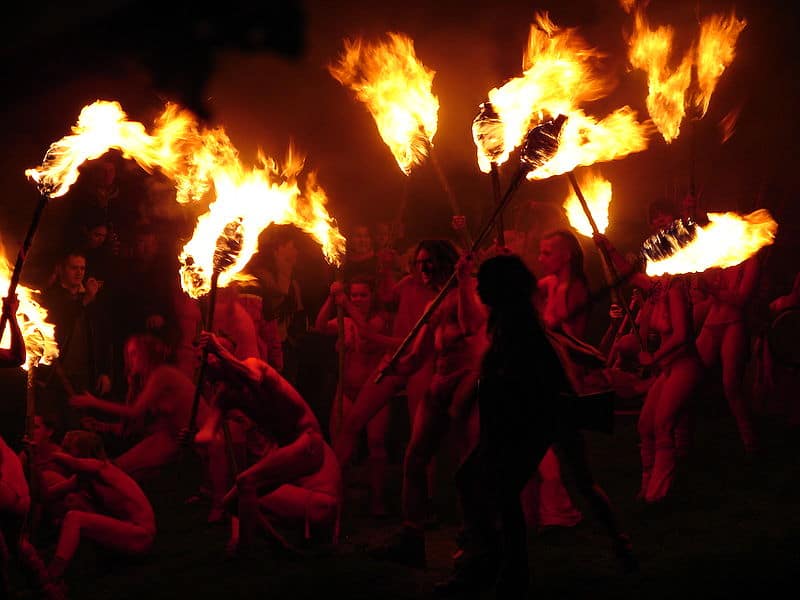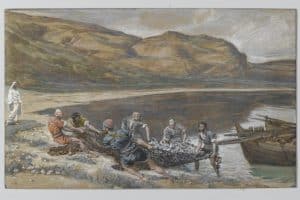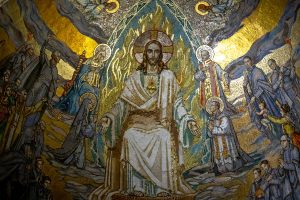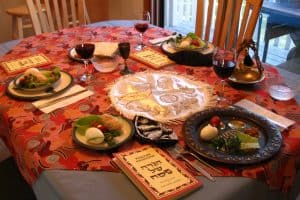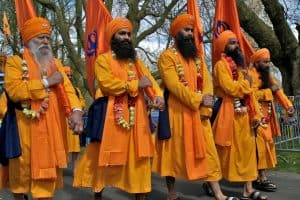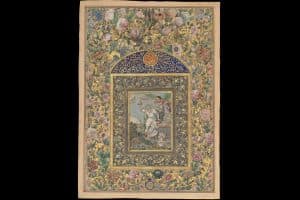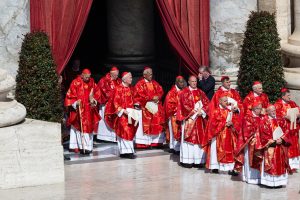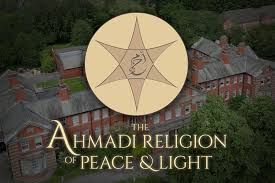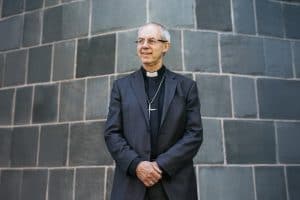By Jennifer Uzzell
Beltane is a Pagan religious festival which marks the beginning of summer and is associated with the lighting of ritual fires as well as fertility.
When is Beltane?
Beltane is generally celebrated about 1 May, although some Pagans celebrate it at the halfway point between the spring equinox and the summer solstice, which falls about 5 May. Some Pagans celebrate Beltane when the May blossom (hawthorn) first starts to bloom, which means there might be considerable local variation.
It is one of the eight festivals of the “Wheel of the Year”: four solar festivals marking the Winter Solstice (21 December), the Spring Equinox (21 March), the Summer Solstice (21 June), and the Autumn Equinox (21 September), separated by four “fire festivals” that are probably connected to the ancient farming year. They are Imbolc (2 February), Beltane (1 May) Lughnasadh (2 August) and Samhain (2 November, although some Pagans celebrate it on 31 October to coincide with the Christian festival of Halloween). All dates are approximate.
The Wheel of the Year was devised in its current form by Ross Nichols – the founder of the Order of Bards, Ovates and Druids – and Gerald Gardner – the founder of modern Wiccan religion – in the middle of the 20th century.
What is the significance of Beltane?
Beltane means bright fire, or possibly “fire of Bel”. Bel or Belenus (“bright one”) was probably a Celtic fire god. It is also, sometimes, known as Calan Mai.
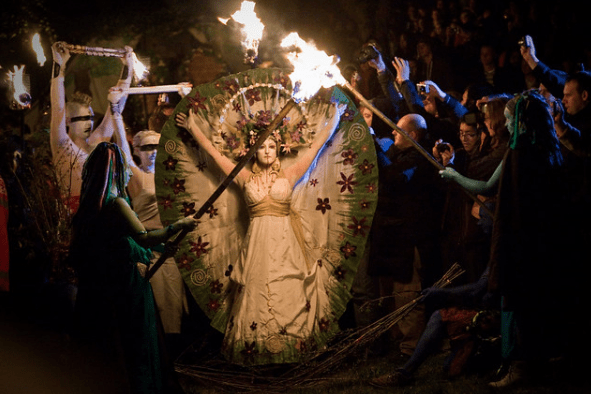
Some believe that the festivals of Beltane and Samhain were originally the most important, marking the beginning and end of summer, and that they have particular significance to pastoral rather than agricultural societies, meaning that they may date from a time when the early Celtic people, or even the Indo-Europeans, were primarily herders of animals practising transhumance, the moving of livestock from one grazing ground to another in a seasonal cycle. Beltane would mark the time when cattle were taken to higher pastures away from the villages, accompanied by many of the men. Samhain would celebrate the return of the cattle and the reuniting of the village community.
Several early Irish sources, including Cormac’s Glossary and the Wooing of Emer suggest that two fires were lit at Beltane and cattle driven between them for protection and blessing. This practice continued in a number of places into the 19th century. Other common customs were the decorating of a May bush, often a hawthorn, which was carried in procession. The cutting of thorn bushes at any other time of year was often considered unlucky. In some places bannocks, a flatbread, were baked on the Beltane fire and portions distributed.
Customs associated with May Day, such as the ’Obby ’Oss Festival in Padstow, Cornwall; dancing around a May pole, crowning a May queen; dressing wells; and bringing May blossom into the house are widely celebrated around Britain, although many of these were revived during the 20th century rather than being medieval survivals. In this way, Beltane is celebrated more widely than just in Pagan communities.
How is Beltane celebrated?
For many modern Pagans, Beltane has become associated with the idea of fertility, both physical and in terms of creativity. Wiccans in particular may celebrate the wedding of the lord and lady at this time. There is often a celebration of sexuality, creativity and growth. Many Pagan groups celebrate by lighting a fire, or two fires, between which participants pass in hope of receiving protection and blessing.
Beltane is also a popular time for Pagans to celebrate “handfastings”, a commitment ceremony. These may be binding for a year and a day, or for a period chosen by the participants, or it may be permanent. In Scotland, handfastings carried out by registered celebrants can be legally binding marriages, but in England a registry office ceremony would also be required.
For modern Pagans, Beltane has become a popular festival and in recent decades many festivals and events have started to spring up around the country and are proving very popular with the public as well as with Pagans.
The best known is probably the Beltane Fire Festival, held on Calton Hill in Edinburgh every year since 1988. This is a dramatic and spectacular performance, organised by the Beltane Fire Society, in which the May queen makes a procession with her retinue around the site followed by the Green Man, whose death and rebirth is the signal for the lighting of the Beltane bonfire.
Another longstanding festival is at Thornborough Henge, and ancient earthwork in North Yorkshire. The event takes place over the May Bank Holiday weekend and includes camping, stalls, workshops, musicians and a mystery play-style re-enactment of a Celtic myth enacted in the main ceremony at noon on the Sunday.
Peebles, on the Scottish border, holds the week-long Beltane Fair in June. The ’Obby ’Oss Festival in Cornwall is seen by some, including some Pagans as a celebration of Beltane and the return of growth and fertility to the land.
Jennifer Uzzell is a doctoral researcher at Durham University and education and youth manager at the Pagan Federation
Useful links
The Wikipedia page on Beltane

